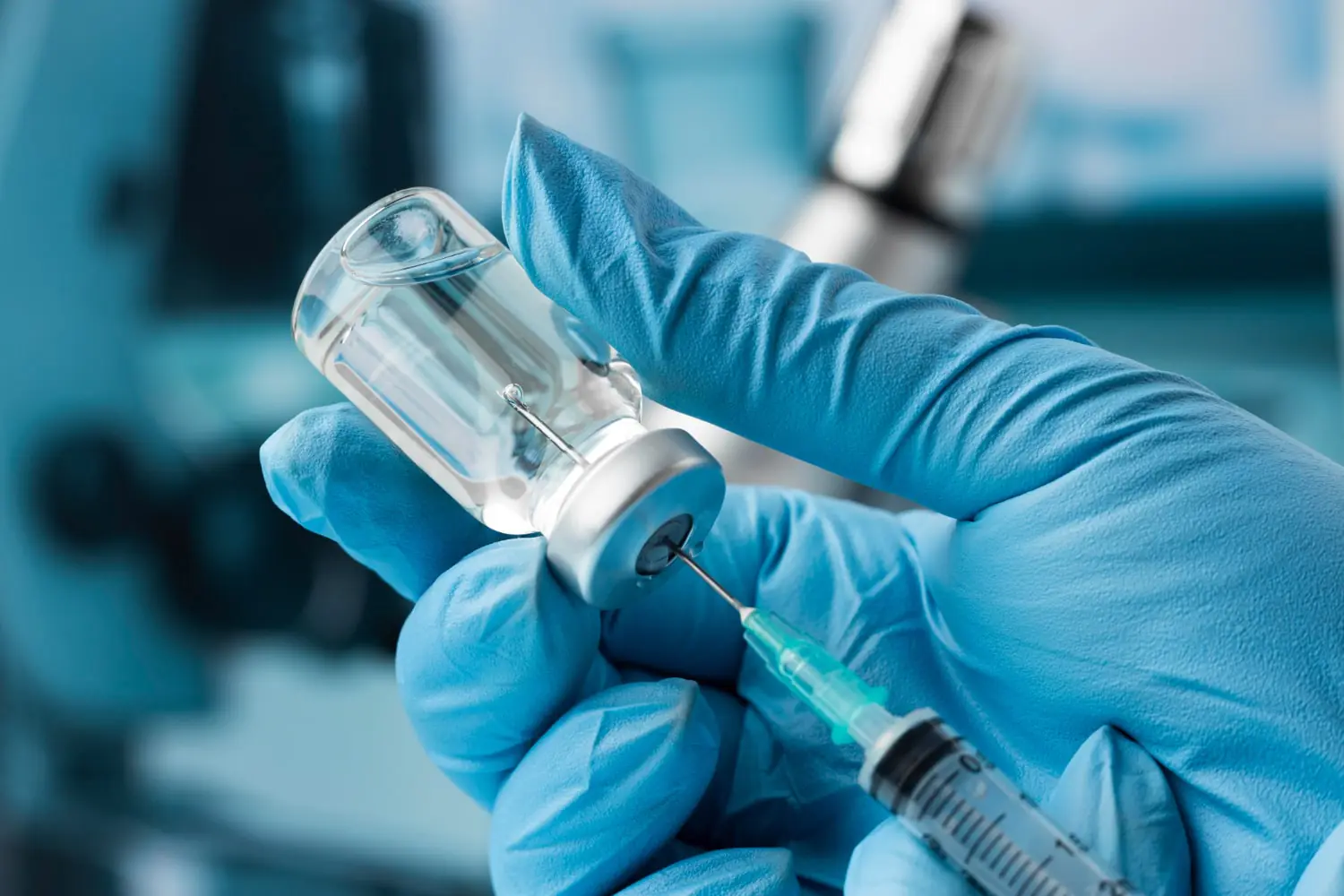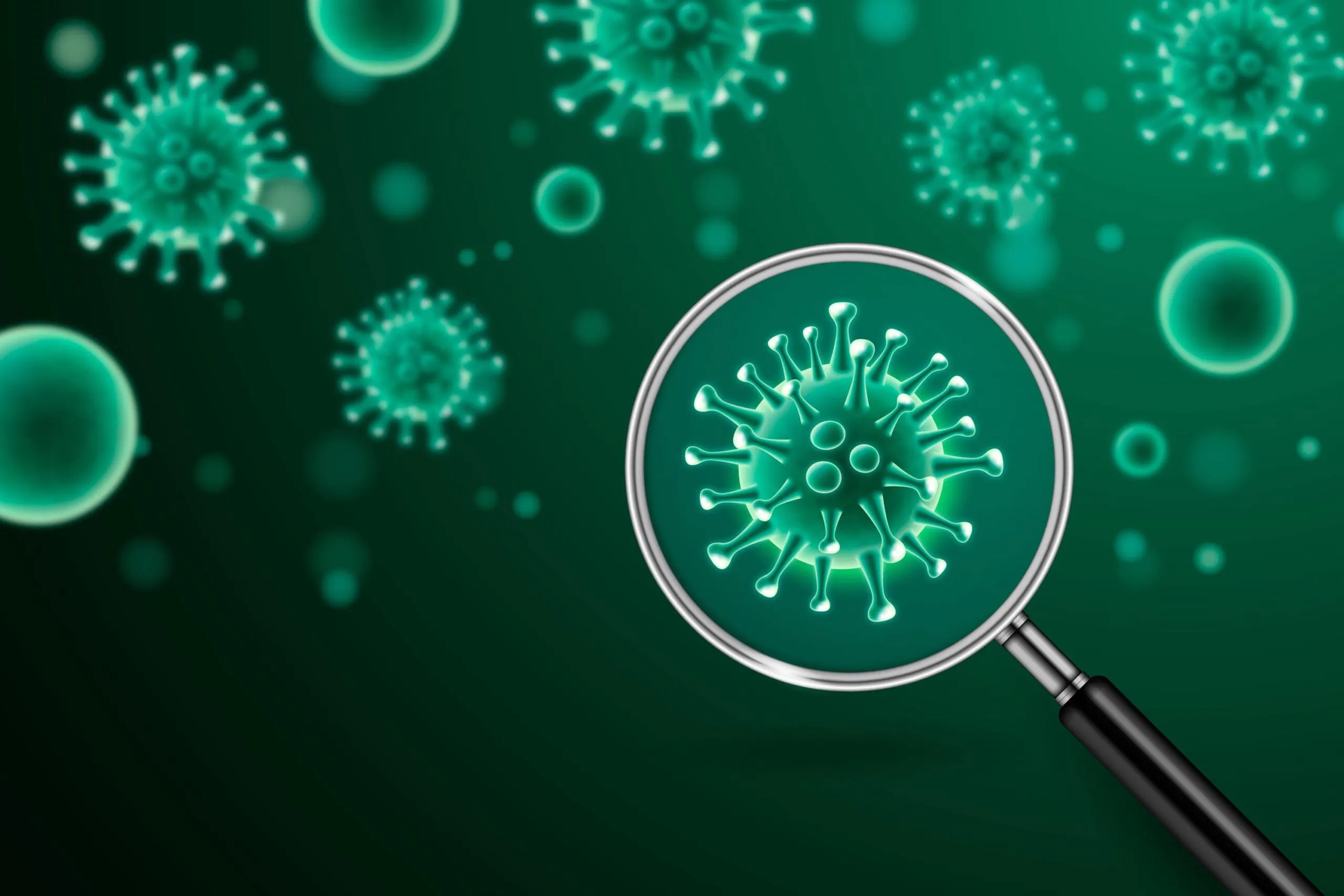What is Rabies?
How is it transmitted?
Rabies is a viral disease affecting the central nervous system, usually transmitted through the bites of infected animals.
It can be transmitted to humans, especially from animals such as dogs, bats and foxes.
What is Rabies?
Rabies is a zoonotic (transmitted from animals to humans) viral disease that occurs in domestic and wild animals.
It causes inflammation of brain tissue and is almost always fatal for both animals and humans when symptoms appear.
However, rabies is 100% preventable with the right vaccination and awareness programs.
What are the Symptoms of Rabies?
Once symptoms of rabies appear, it is almost always fatal for both animals and humans.
Clinical diagnosis of rabies is often difficult and unreliable. Symptoms of rabies in animals:
- Behavioral changes: cowardice, irritability, aggression,
- Violent desire to bite,
- Paralysis, difficulty swallowing, drooling, convulsions.
Symptoms of rabies in humans:
- Numbness in the bitten area,
- Paralysis (paresis or paralysis),
- Difficulty swallowing,
- Fear of water (hydrophobia),
- Loss of consciousness
- Contractions
- Anxiety disorders.
In both humans and animals, rabies causes paralysis, coma and subsequent death.
How is Rabies Diagnosed?
Rabies is usually diagnosed after a bite or contact with a rabid animal.
However, a definitive diagnosis can only be made after the death of the animal or human.
Clinical diagnosis is usually made late in the disease.
How Many Days Do Rabies Symptoms Appear?
The incubation period of rabies varies depending on where the virus enters the body and personal factors.
From the time the rabies virus enters the body to the onset of symptoms can vary from 7 days to 1 year. 
How to Treat Rabies?
Once clinical signs of rabies develop, there is no treatment and the disease is fatal.
However, if you have been exposed to a contact that carries a risk of rabies, you should immediately contact a healthcare provider and receive preventive treatment such as rabies vaccination.
Is Rabies Transmitted from Human to Human?
Direct human-to-human transmission of rabies is very rare.
It is usually transmitted through animal bites, scratches or contact with the saliva of rabid animals in open wounds.
How is Rabies Transmitted?
Rabies is a disease caused by an animal that has rabies:
- Biting or scratching,
- Saliva coming into contact with scraped or cracked skin or into the eyes, mouth or nose,
- It can be transmitted by consuming raw meat or milk.
Which Animals Transmit Rabies?
Rabies is transmitted to domestic animals through contact with wild animals carrying the disease.
Humans are usually infected by bites from rabid animals or contaminated pets.
Dogs and cats with suspected rabies should be kept under observation for 10 days.
However, observation is not recommended for animals other than cats and dogs.
Within How Many Hours Should Rabies Vaccine Be Administered?
People at risk of rabies disease receive their first dose of rabies vaccine on the day of the bite.
After this dose, 3. and 7.
one dose on days 3 and 7 is done again, Between 14th and 28th
one more dose between days 14 and 28 A total of 4 doses of vaccine are administered.
For people who have already been vaccinated against rabies and have been re-infected, the vaccination process differs.
The first dose is administered immediately after the bite, while the second dose is administered on day 3.
The second dose is administered on day 3.
In this case, two doses are sufficient in total.
Who is vaccinated against rabies?
Rabies vaccination is given to anyone who has been exposed to contact that puts them at risk of rabies, including children and pregnant women.
Can Rabies be Prevented?
Yes, rabies is 100% preventable with the right vaccination and awareness programs.
Effective methods in the fight against rabies include:
- Regular vaccination of pets,
- Vaccination of those working in jobs with a high risk of rabies (veterinarians, animal caretakers, laboratory workers, etc.),
- Vaccination of people at risk of contact with wildlife,
- Rabies vaccination for those traveling to risk areas.
What to do if you are exposed to rabies?
- The bite or wound site should be washed with plenty of soap and water, followed by antiseptic treatment (alcohol, tincture of iodine, etc.).
- If the eyes, mouth or nose have been exposed to a rabies risk contact, they should be washed with plenty of water.
- You should consult a healthcare provider as soon as possible and follow the vaccination program recommended by your physician without interruption.
- Pets should be kept under control and not let out, especially at night.
- Dogs and cats should be vaccinated against rabies every year.
- Animals exhibiting strange behavior or dead animals should not be approached and authorities should be notified.
- People at risk of rabies should be vaccinated beforehand, and post-exposure vaccination should be done under the supervision of a doctor.
Who Can Receive Rabies Vaccine?
Rabies vaccination is given to anyone who has been exposed to contact that puts them at risk of rabies, including children and pregnant women.
Can Rabies be Prevented?
Rabies is 100% preventable with the right vaccination and awareness programs.
The methods that can be applied in the fight against rabies are as follows:
- Reducing or eliminating infection at source through mass vaccination of dogs and wild animals,
- Regular vaccination of pets,
- Vaccination of workers in occupations at risk of rabies (veterinarians, animal caretakers, workers in animal shelters, workers in rabies research laboratories, workers in rabies vaccine production, etc.),
- Vaccination of outdoor sports people who are in frequent contact with wildlife,
- Vaccination of travelers to areas where canine rabies is high and where medical response to contact with rabid animals may be inadequate.
In humans, rabies can be prevented and treated through vaccination and administration of anti-rabies immunoglobulin.
Pet owners and veterinarians play a key role in the global fight against rabies by making sure animals are regularly vaccinated.
Frequently Asked Questions
What are the Side Effects of Rabies Vaccine?
It is common to experience pain, redness, itching or swelling in the area where the rabies vaccine was administered.
In rare cases, muscle aches may occur.
Nausea and dizziness are also side effects of rabies vaccination.
These symptoms usually disappear within 2 days.
How Many Doses of Rabies Vaccine?
People at risk of rabies disease receive the first rabies vaccine on the day of the bite.
After this first dose, the 3rd
and 7.
additional doses are administered on days 3 and 7, and 14.
and 28.
days and another dose is administered between days 14 and 28, completing the vaccination process consisting of 4 doses in total.
How Protective Is Rabies Vaccine?
Rabies vaccination with appropriate doses provides protection for approximately 3 years.
How many days does it take for rabies symptoms to appear in humans?
The incubation period of rabies varies depending on where the virus enters the body and personal factors.
The time from the time the rabies virus enters the body to the onset of symptoms can vary from 7 days to 1 year.
Can someone with rabies recover?
There is no treatment for rabies after symptoms appear and the disease is often fatal.
However, if rabies is suspected, vaccination and treatment before symptoms develop can save lives.
After symptoms appear, the survival rate is very low.
Can rabies be transmitted from person to person?
Direct human-to-human transmission of rabies is very rare.
It is usually transmitted through animal bites, scratches or contact with the saliva of rabid animals in open wounds.
Which tests diagnose rabies?
Rabies is diagnosed by laboratory tests using samples such as brain tissue, skin biopsies, saliva and CSF, rather than blood tests.
Blood tests are not effective in detecting rabies directly.
PCR (Polymerase Chain Reaction) or antibody tests can be used for diagnosis





